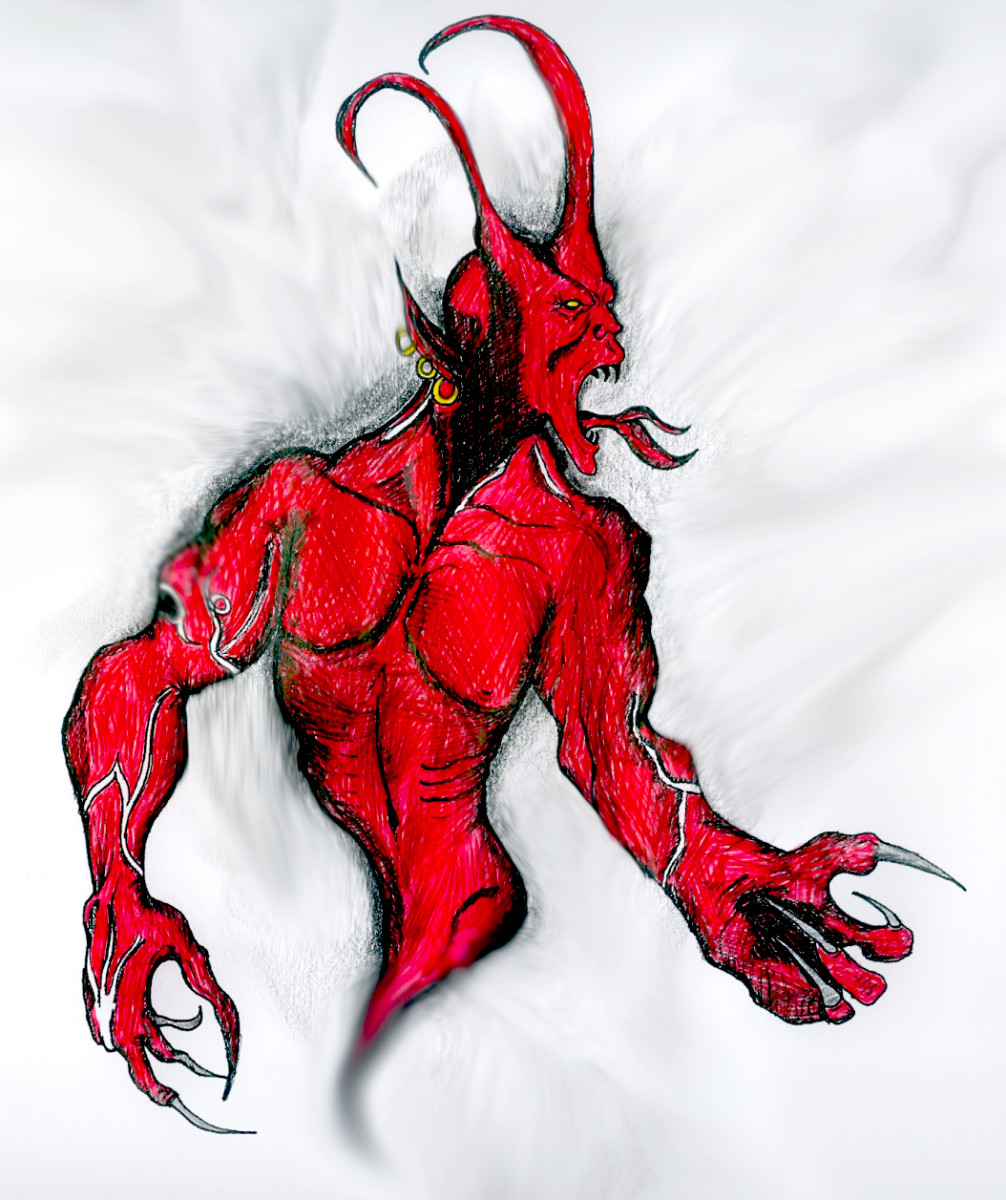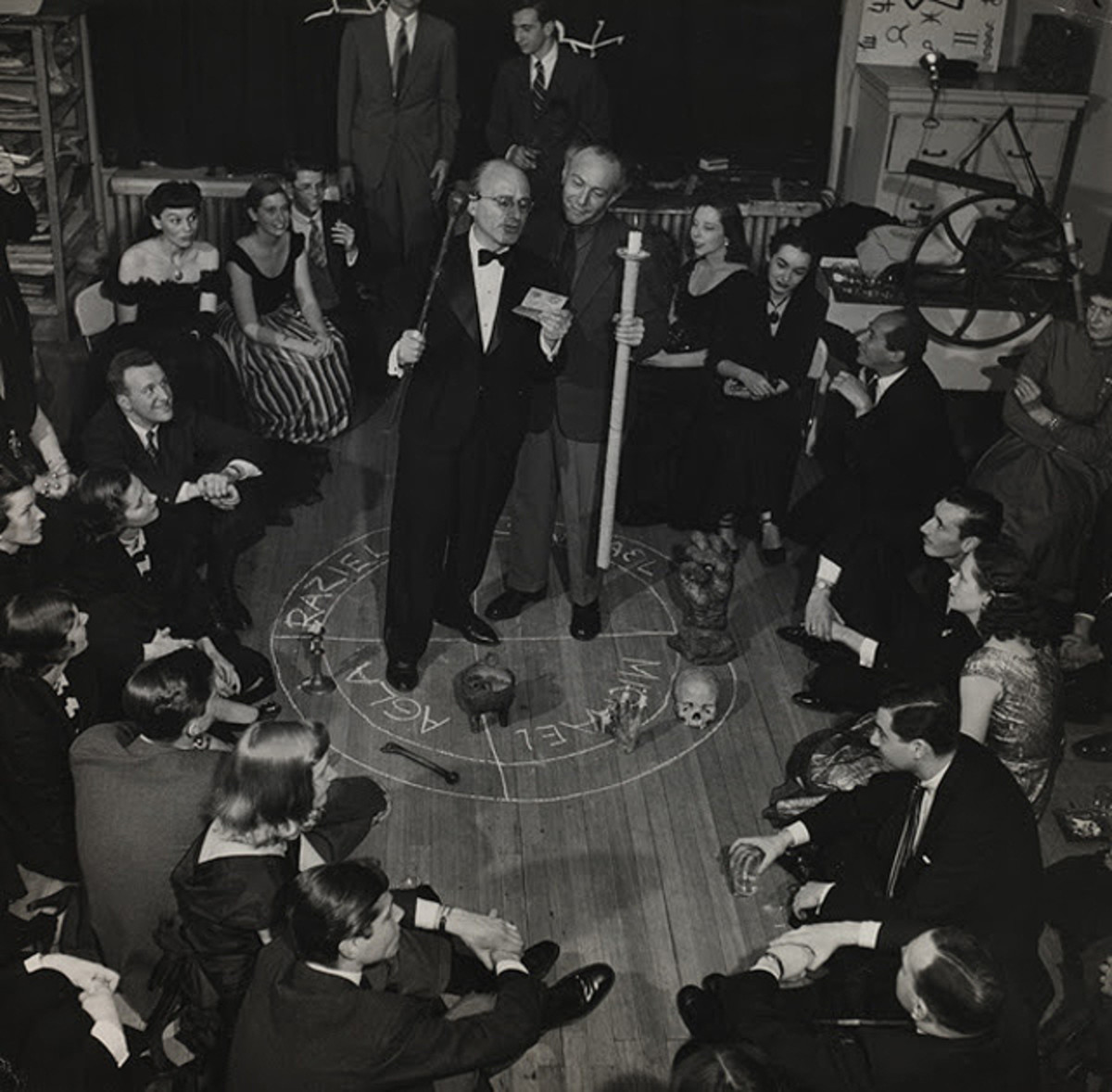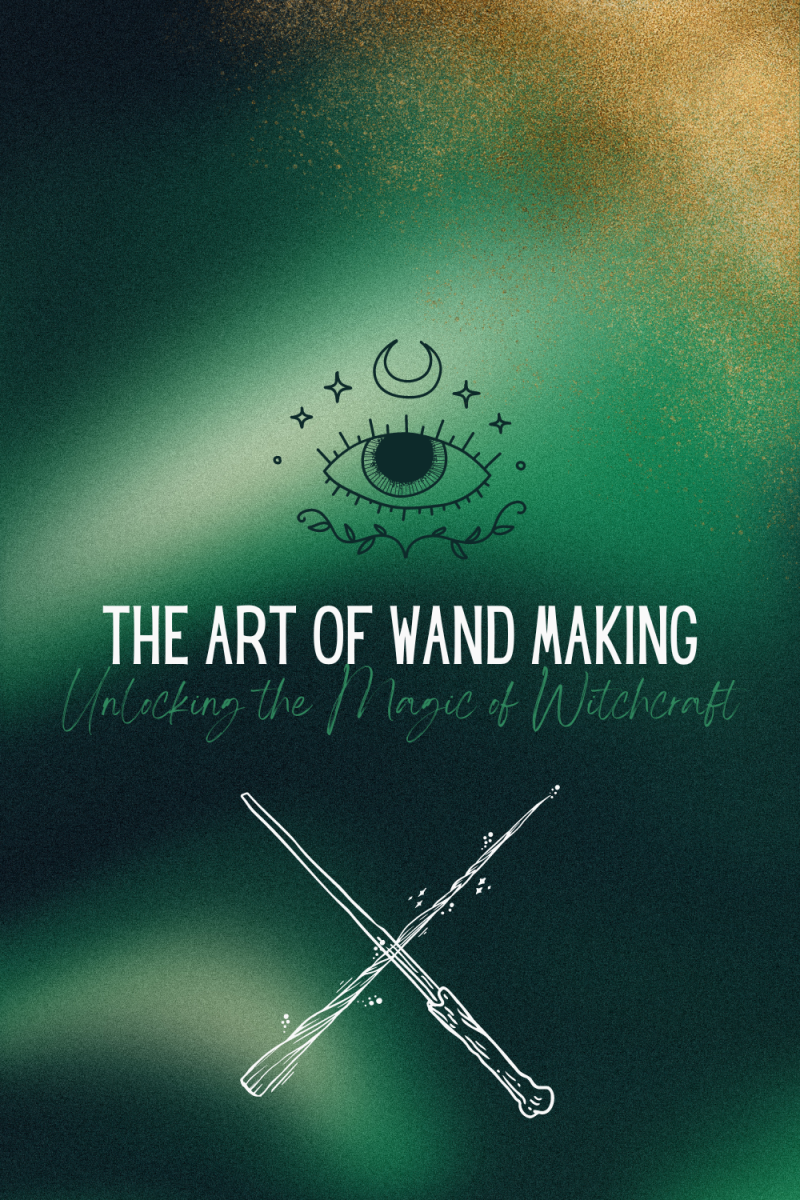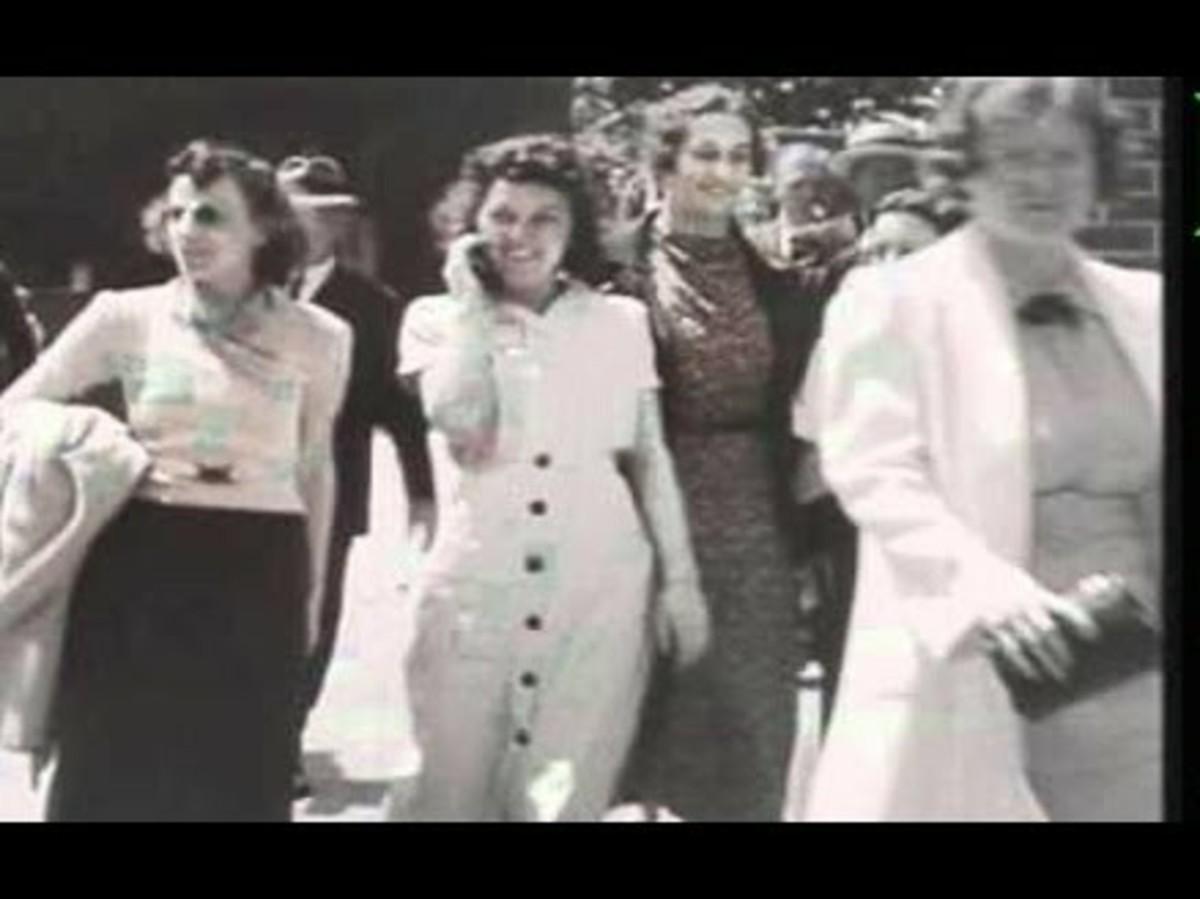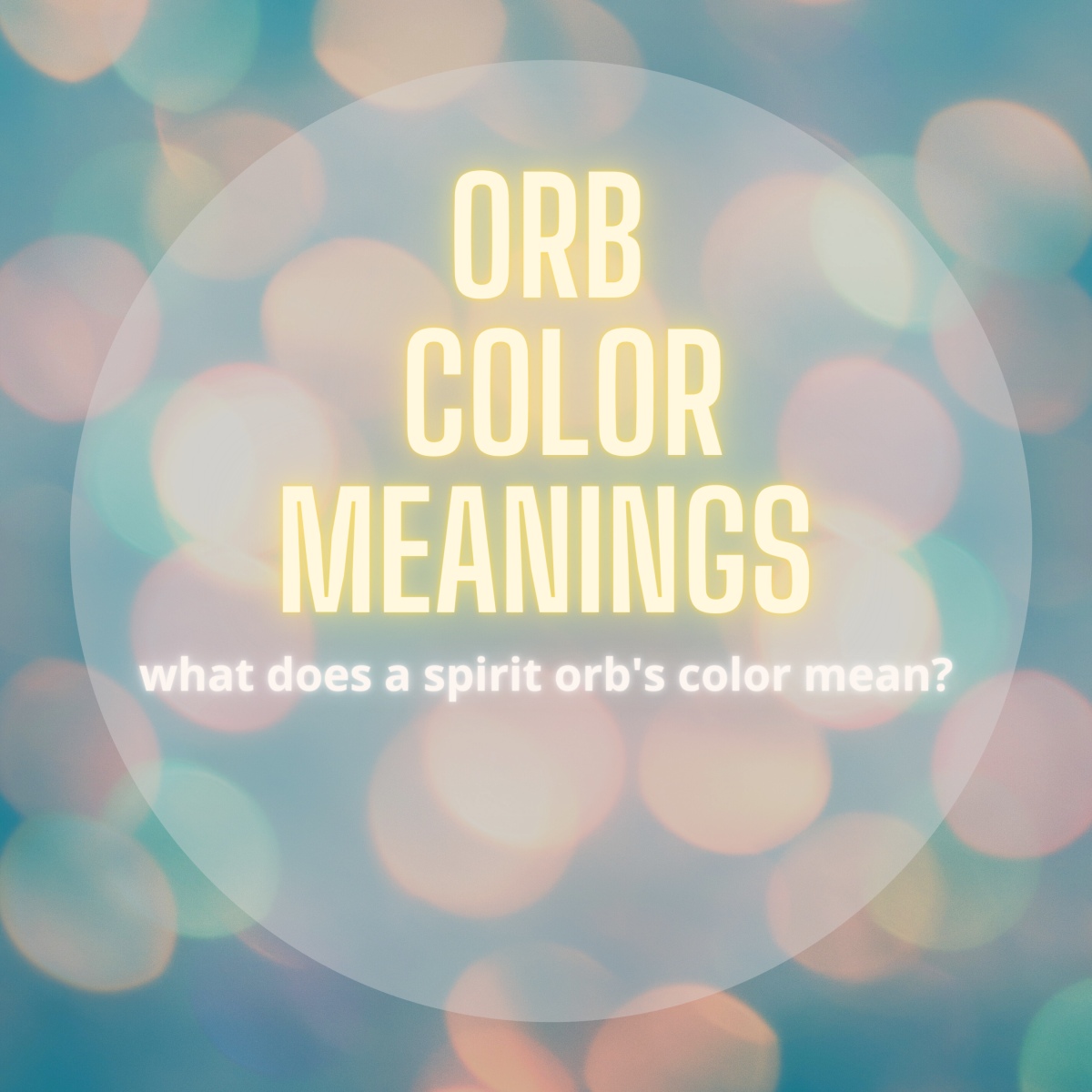Witches, Witchcraft and Black Magic: It Is Not Overrated!

Some people practice charms and incantations in order to formulate curses to harm other people. These incantations and the process followed to make them effective is called black magic. This was the practice mainly from the fifteenth to the seventeenth century, mostly by elderly women who were known as witches. They were supposed to have direct contact with the devil. The satanic practice of black magic is also known as witchcraft. The fact that this type of magic is still practiced in many parts of the world is quite intimidating.
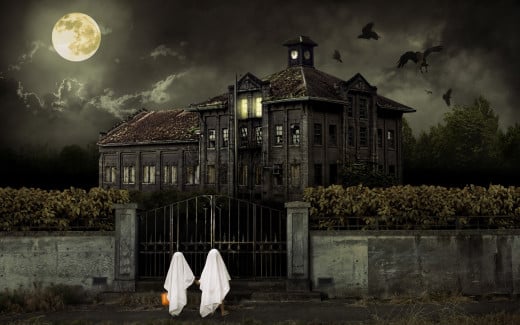
Black magic is actively followed in hilly regions of Northern India, as Voodoo magic in Africa and in some parts of China. A notable point pertaining to witch craft is that the witches of fifteenth to seventeenth century were believed to have a ‘Familiar’ with them. A ‘Familiar’ is the name given to a helper of the witches who was believed to be given to them by the devil himself. It was also said that these familiars could take any form such as that of an animal or a bird like a crow, a rook, a raven etc. This fact can be established with the help of a trial case that took place in 1566 in Chelmsford Assizes,Essex, in Elizabeth the first ’s Parliament. A witch named Elizabeth Francis was charged for making a child handicapped with the help of black magic. She was given a sentence for one year in prison. This witch admitted that she had a ‘Familiar’ in the form of a big black cat who had made her rich with its miracles. Other people had also seen that cat. They testified this in the court. Some also said that they had seen this cat change shapes and acquiring those of other animals.
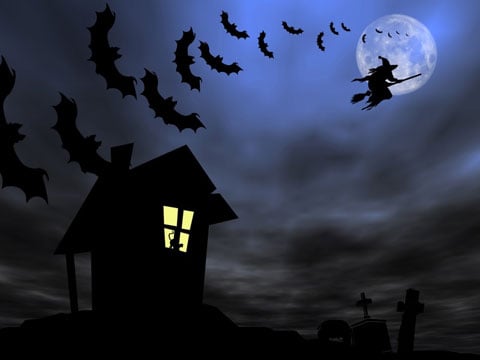
Black magic flourishes in many forms. Voodoo is another form of black magic which was followed in West Africa in the sixteenth century. This is something like the worship of deities in the hilly regions of Northern India. Voodoo revolves around the worship of a goddess for reasons like protection of the self, protection from diseases, purity etc. It was believed that voodoo could change bad luck into good with the help of sacrifices. This magic is still followed but not as much as it was followed back in the sixteenth century.
In order to attain fortune, people used to sacrifice things like blood but mostly only small body parts such as finger nails, hair, were considered to be enough.
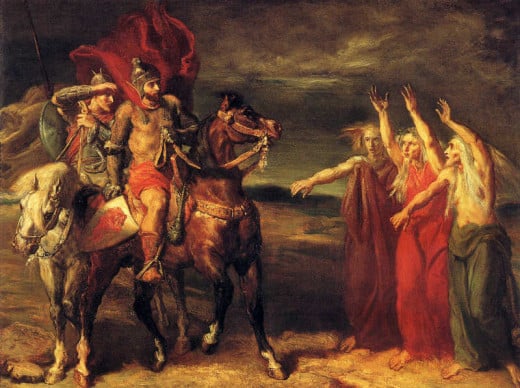
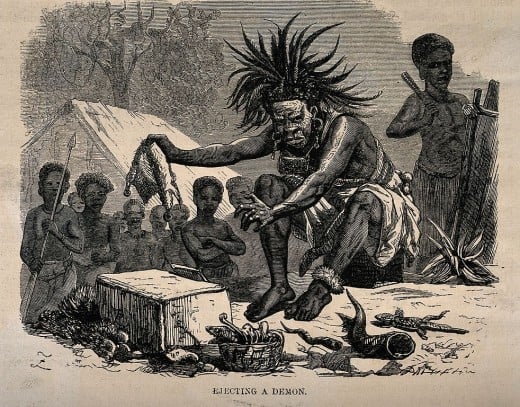
Shamanism
Since time immemorial humans have always tried to get help from the spirits in times of trouble and misery. For this a medium is needed who can facilitate such an interface. One such mediums are shamans. Most people confuse the shamanic art with witchcraft. This isn't so. Shamans induce a trance and undertake trance journeys to commune with spirits and come back with an answer to a person's problems. Shamanism is practiced till date, though the practicing shamans are scanty. In all of Mongolia there are around 30 shamans. There are a few practicing shamans scattered over the sparsely populated regions of the Amazonian regions of Africa and Siberia.
Research yields that over the centuries, black magic has been used for a lot of purposes. This includes changing good fortune into bad and vice versa, making an enemy sick and subsequently killing him, miracles in healing, foretelling future, controlling weather. Etc. In China from 100 B.C. onwards, for about two centuries a very hateful from of black magic was followed. The name given to this magic was ‘KU’ . In this form of black magic, the practitioners used to put some poisonous creatures such as snakes, spiders, scorpions etc. in one jar and used to bury them in the ground. Then after some months or even a year, the jar was dug out and the creature that survived was used as a source of power for black magic. and the poison extracted from this animal was used for making the spells effective.
Reports confirm that performance of black magic consists of hideous procedures. For example in the fourteenth century a witch named Alice Kyteler used the head of a beheaded robber to boil the ingredients of her potions. This witch used to seduce old but rich men and marry them. Then she would murder them with the help of the potion prepared by her and would thus become the owner of their property.
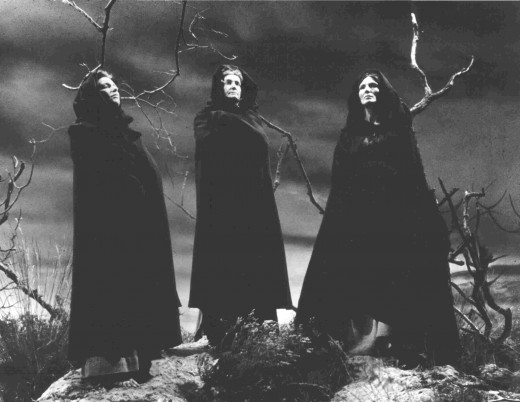
It was also believed that people who practised black magic had direct access to satanic powers. Michael Seat who lived from 1175 to 1232 is believed to have built the Great Roman Highway in England in one night with the help of the devil.
For ages it has been believed that demons can take control of the human body. From and after the thirteenth century, it was believed that anyone who practised any kind of magic without the permission of the church was having a pact with the devil. These people were tried and subsequently burned at the stake. Many innocent people also became victims of this belief, which on the other hand was not able to curb the contemporary practice of black magic, the most hideous of which was the one involving the digging of graves of dead people. This act was termed as ‘grave robbing’. The remains of the dead people were used by witches to make preparations such as ointments and potions which acted as vital parts of black magic. The witches of the Bosque provinces of France are supposed to follow such practices to the largest extent.
Have you ever had an experience involving black magic
In 1589 Mrs. Alice Samuel who lived in Warboys in Huntingdon, England, was accused of practising deadly witchcraft when a ten year old girl named Jane Throckmortion and her four sisters fell ill. These girls used to get fits of convulsion and other illnesses such as swelling in body parts, constant sneezing etc. All five girls accused Alice of bewitching them. They used to get sick in the presence of Alice who rejected all the allegations. In spite of her rejection she along with her husband and their daughter was hanged in 1593. There was a common belief among the people regarding this case that Alice was not a witch at all and injustice had been done to her. Whatever the truth was, the symptoms of all five children disappeared after the death of Alice. Most of the villagers believed that the children had played a devilish role and had put the blame on Alice and her family which was wrong and that Alice was innocent. Many other incidents of children lying of being bewitched by women have also taken place. For example in 1597 a boy accused 13 women for bewitching him, which was proved a lie. he too confessed it later.
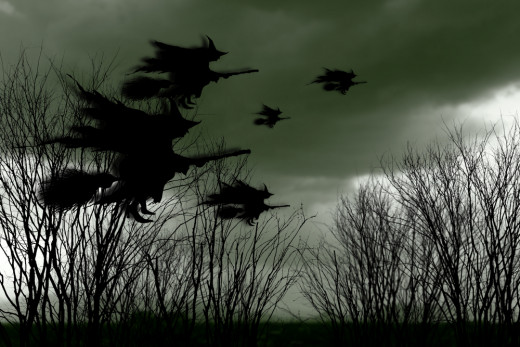
Beginning from the 15th century, for about three centuries about 1,75,000 people were burned at the stake for practising witchcraft. But this could only put a momentary trough in such activities. Reports of such practices being followed all over the world are still flooding in. Whether these are fact or fiction still remains to be explained.

